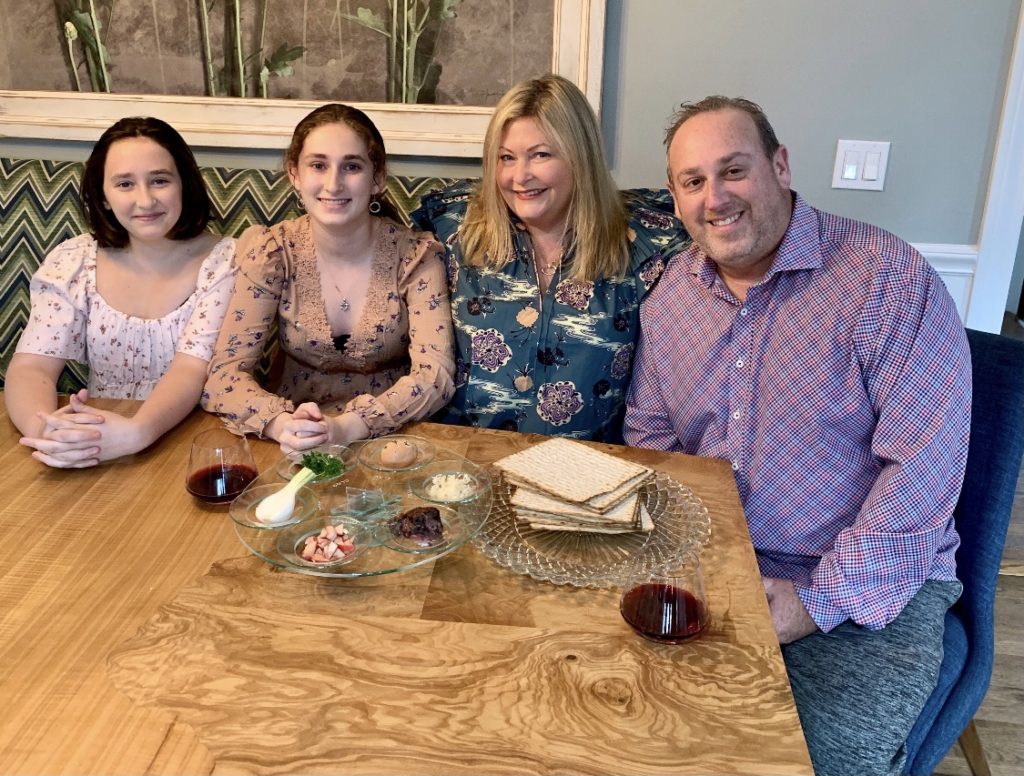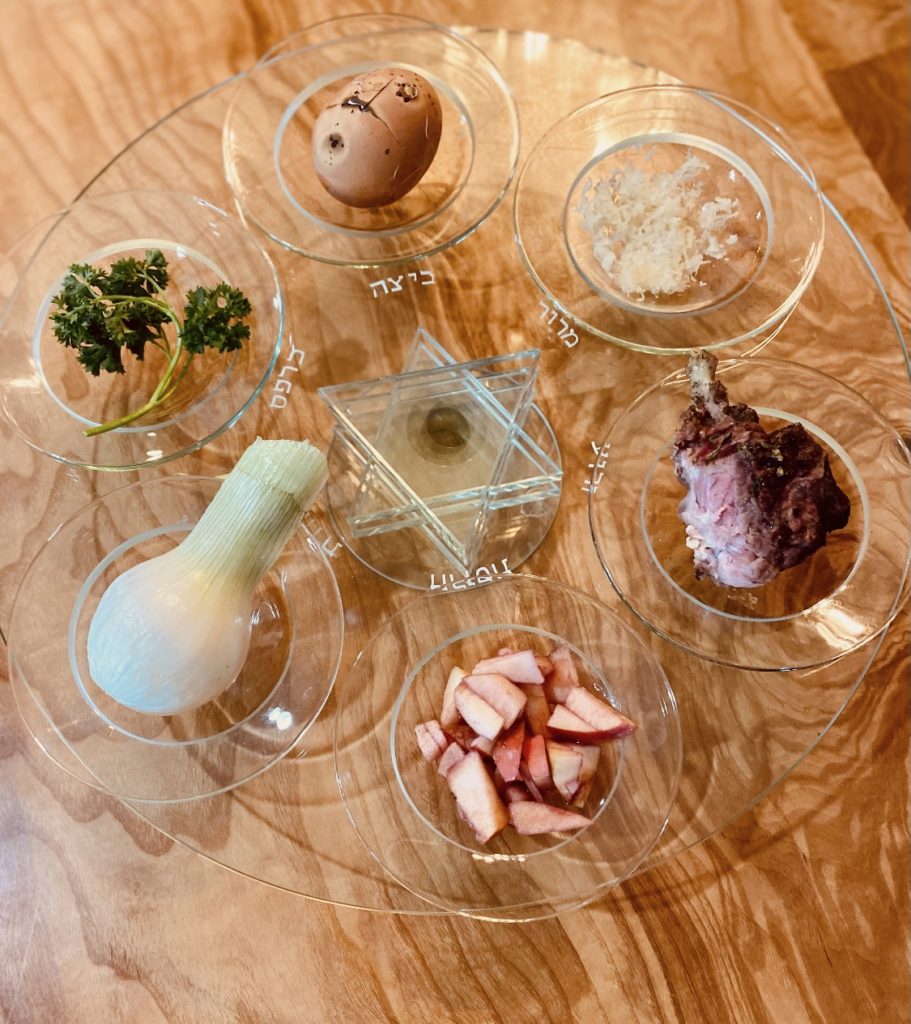
This week Jewish and Christians throughout the world, commemorate the most significant event in their religion. Christians celebrate Holy Week leading up to Easter Sunday, and throughout this week the Jewish people celebrate Passover. The traditional Jewish rituals of passover found in The Old Testament direclty link to my Christian religious beliefs. This link made me curious as to what made this such a significant event of celebration for the Jewish people. I reached out to my friend Jacey Silverberg, who graciously took the time to help understand the significance of passover. On today’s blog I share not only what makes this such a holy week for Jacey and her family but also what type of food is prepared and served at a passover dinner along with one of Jacey Favorite Passover Recipe’s.

LAUREN: What is the significance of Passover?
JACEY: Passover celebrates the freedom of the Jews from slavery in ancient Egypt. Moses asked King Pharaoh to “Let my people go.”
Each time, Pharaoh promised to free the Israelites but reverses his decision when the plague is lifted — until the last one. The plagues are water turning to blood, frogs, lice, flies, livestock pestilence, boils, hail, locusts, darkness, and the killing of first-born children.
To protect their first-born children, the Israelites marked their doors with lamb’s blood so the angel of death would pass over them. Thus, the name Passover, which is “Pesach” in Hebrew.
LAUREN: How does your family celebrate the Passover tradition?
JACEY: Every year our family gets together for a Seder. A Seder is a ritual performed on the first two nights of Passover, involving a retelling of the story of the liberation of the Israelites from slavery. Each item on a seder plate has meaning, including a roasted egg to represent springtime and renewal.

LAUREN: What type of food do you serve at your Passover dinner?
JACEY: Our favorite Passover meal includes family recipes, including brisket, potato kugel, roasted spring vegetables, and of course, Matzoh ball soup.
LAUREN: What symbolism is connected to the food you serve? Passover foods are highly symbolic. To represent the haste in which the Israelites escaped Egypt, we don’t eat bread or other leavened grains. We always serve Matzoh with butter, horseradish, or charoset (see recipe below).
JACEY: During our seder, we also drink four cups of wine – The Four Cups represent the four expressions of deliverance promised by God Exodus 6:6–7: “I will bring out,” “I will deliver,” “I will redeem,” and “I will take.”
LAUREN: A fond Passover memory…
JACEY: Growing up, Charlie and I have fond memories of mile-long Passover tables with mismatched dinnerware and multiple generations in the kitchen sharing laughs and recipes. We’ve continued this distanced over Zoom for the last two years.
Favorite Passover Recipe – Charoset
Charoset (pronounced har-o-set) a sweet fruit relish that can spread on Matzoh and can easily add some sweetness to your Easter table. Charoset reminds us of the mortar Hebrew slaves used to build clay bricks.
INGREDIENTS
- 3 medium apples (gala or fuji), peeled, cored, and finely diced
- 1 1/2 cups walnut halves, coarsely chopped
- 1/2 cup sweet red wine
- 1 1/2 teaspoons ground cinnamon
- 1 tablespoon packed brown sugar
PREPARATION
In a large bowl, stir together all ingredients—store, covered, at room temperature until ready to serve.
